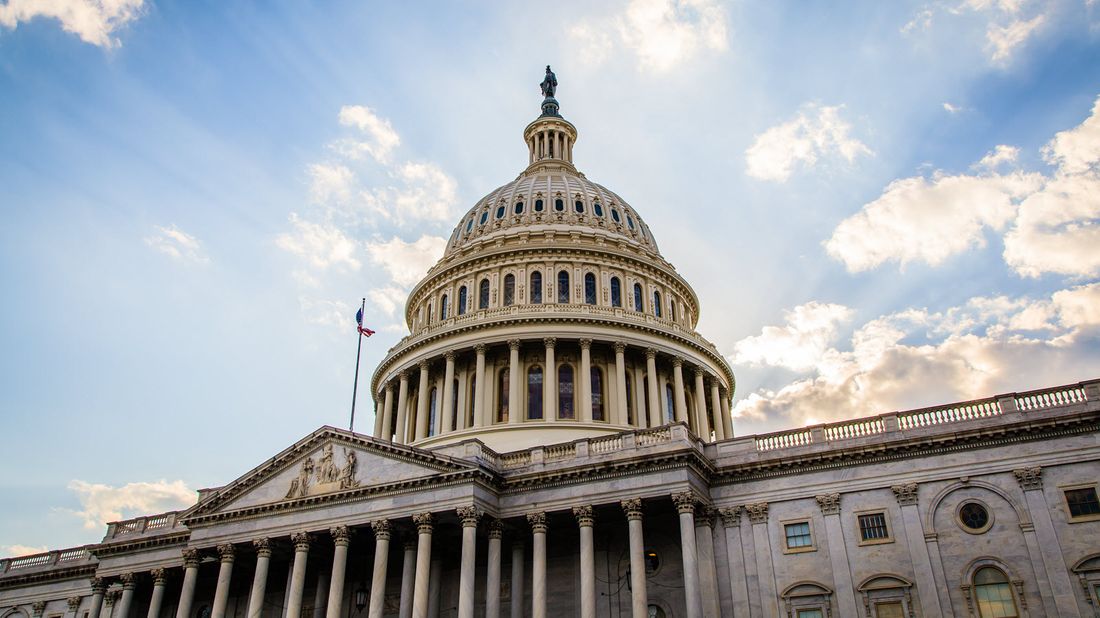4 Key Things to Know About the Coronavirus Stimulus Package

To combat the economic effects social distancing has had on the U.S. economy, lawmakers in Washington passed what’s expected to be the largest economic stimulus measure in modern history. The $2 trillion emergency relief package aims to provide a lifeline for businesses and people impacted by the novel coronavirus, also known as the COVID-19 virus.
The Senate unanimously passed the bill, officially titled the Coronavirus Aid, Relief, and Economic Security (CARES) Act on Wednesday. The House passed the measure on Friday and sent it to President Trump, who quickly signed it into law.
There’s a lot in the 800-plus-page bill, but here are a few of the key highlights in the coronavirus stimulus package that are likely to impact many of us.
DIRECT PAYMENTS TO TAXPAYERS (RECOVERY REBATES)
The package includes direct payments of $1,200 per adult and $2,400 per couple. These are payments directly from the federal government, and you get the money even if you didn’t pay that much in taxes in the most recent tax year. If you have children, your payment will increase by $500 per child. However, payments could be reduced if you have adjusted gross income over a certain threshold. The thresholds are:
-
$75,000 for single filers.
-
$112,500 for single heads of household.
-
$150,000 for married couples filing jointly.
For example, say you’re a family of four and your adjusted gross income in 2019 was $135,000 (assuming you filed your 2019 tax return — the IRS will use your 2018 tax return if you haven’t yet filed this year). You qualify for a payment of $3,400 ($2,400 as a couple, $500 times two for each dependent child).
The payments will be sent to the address on your return or directly deposited in your account if you chose that option for any tax refund.
Ultimately, the government expects that more than 80 percent of Americans will get a payment.
SMALL BUSINESS EMERGENCY LOANS
The growing pandemic has forced many small businesses to close or substantially change how they do business. Generally, the plan will provide $350 billion in federally guaranteed loans to businesses with 500 or fewer employees. This program is available to sole proprietors and self-employed individuals, too.
The Small Business Administration will oversee this Paycheck Protection Program, which will distribute the loans via banks to small businesses. The plan provides an expedited origination process and loans will be available during an emergency period ending June 30. All or a portion of the loan can be forgiven, based on a formula related to the percentage of employees the employer keeps on the payroll.
Each business can receive a loan up to $10 million. The actual amount is related to your payroll costs tested over different time periods. The loans have an interest rate cap of 4 percent.
RETIREMENT ACCOUNT WITHDRAWALS
The measure will waive the current 10 percent penalty on early withdrawals from IRAs and qualified plans for people who have been impacted by the coronavirus. In addition, it increases the ceiling on loans against a qualified plan to $100,000.
This no-penalty withdrawal applies to those who have been diagnosed with COVID-19 or have experienced financial hardship from being quarantined, laid off or furloughed, or having their hours reduced between now and the end of the year.
Distributions will still be included in gross income and subject to regular income tax, but you can spread the amount of tax you will owe over a three-year period. Distributions also may be re-contributed within three years of withdrawal.
While this opens up a source of funding for many people, this might be considered as a last resort, because withdrawing money from your retirement account at a time when markets have fallen can result in substantially lower future savings for retirement.
REQUIRED MINIMUM DISTRIBUTIONS (RMDs)
If you are subject to RMDs that are not part of a defined benefit plan, you are not being forced to take them out this year. The idea of taking money that may be invested in stocks at a time when stocks have lost so much value probably didn’t sit well (particularly if you don’t need the money right now). This means you can leave your investments in place to take advantage of a rebound before selling your investments.
Related Articles
Feel better about taking action on your dreams.
Your advisor will get to know what’s important to you now and years from now. They can help you personalize a comprehensive plan that gives you the confidence that you’re taking the right steps.
Find your advisor




